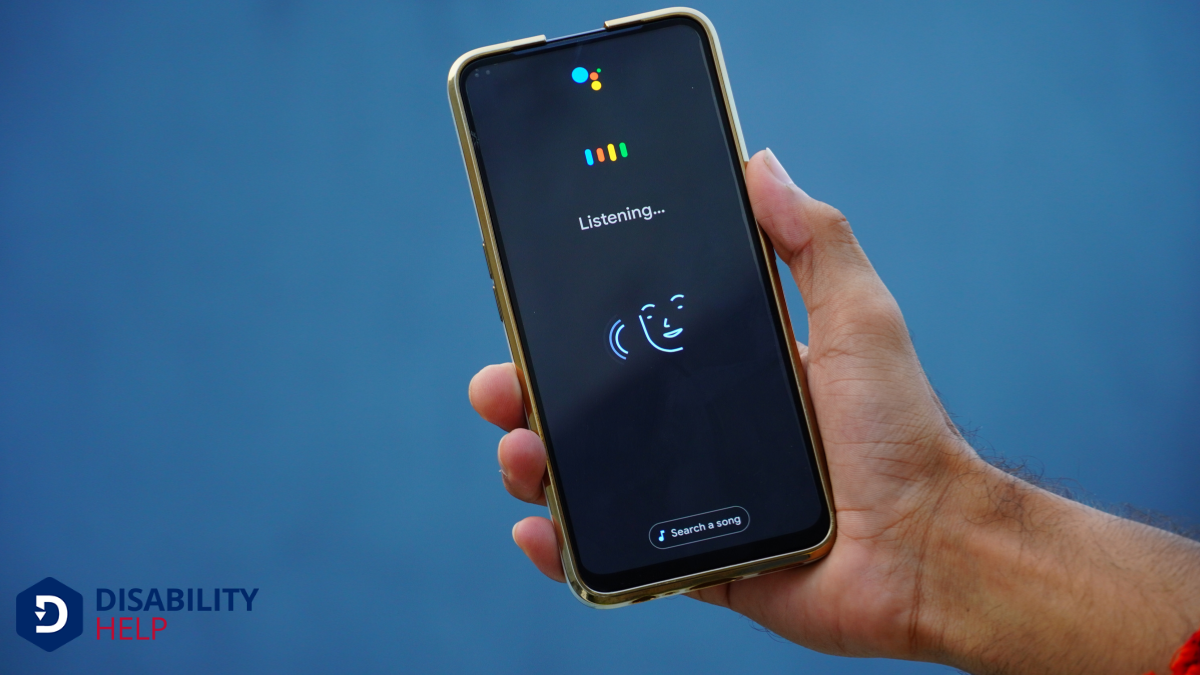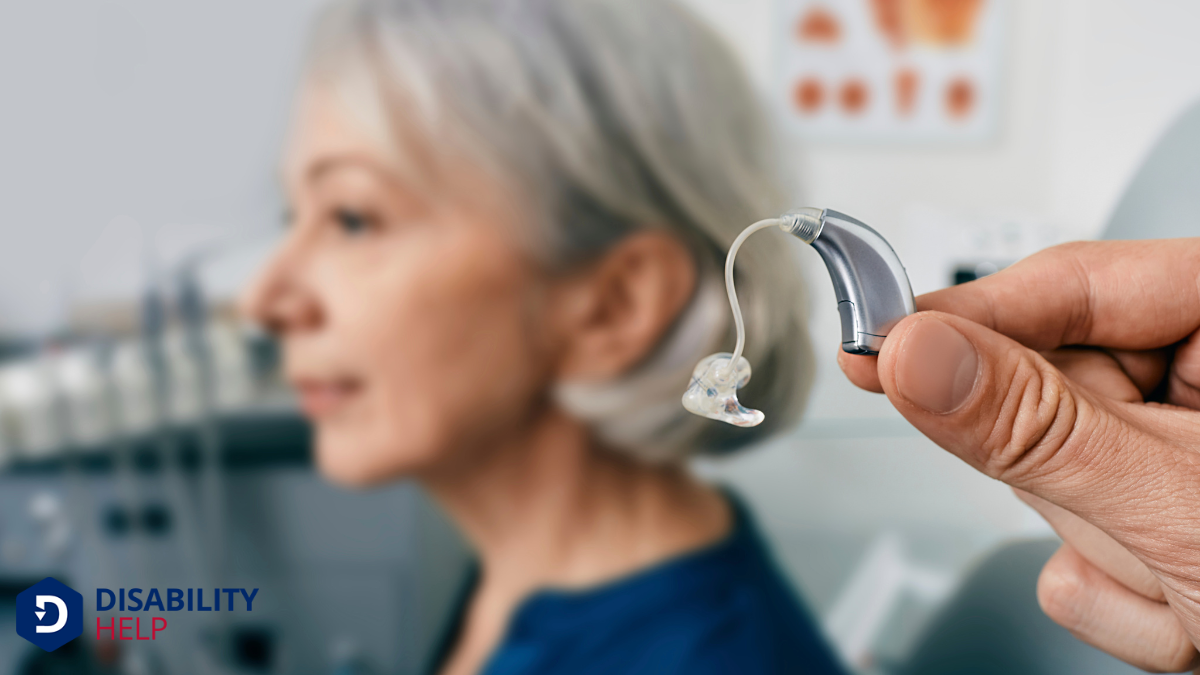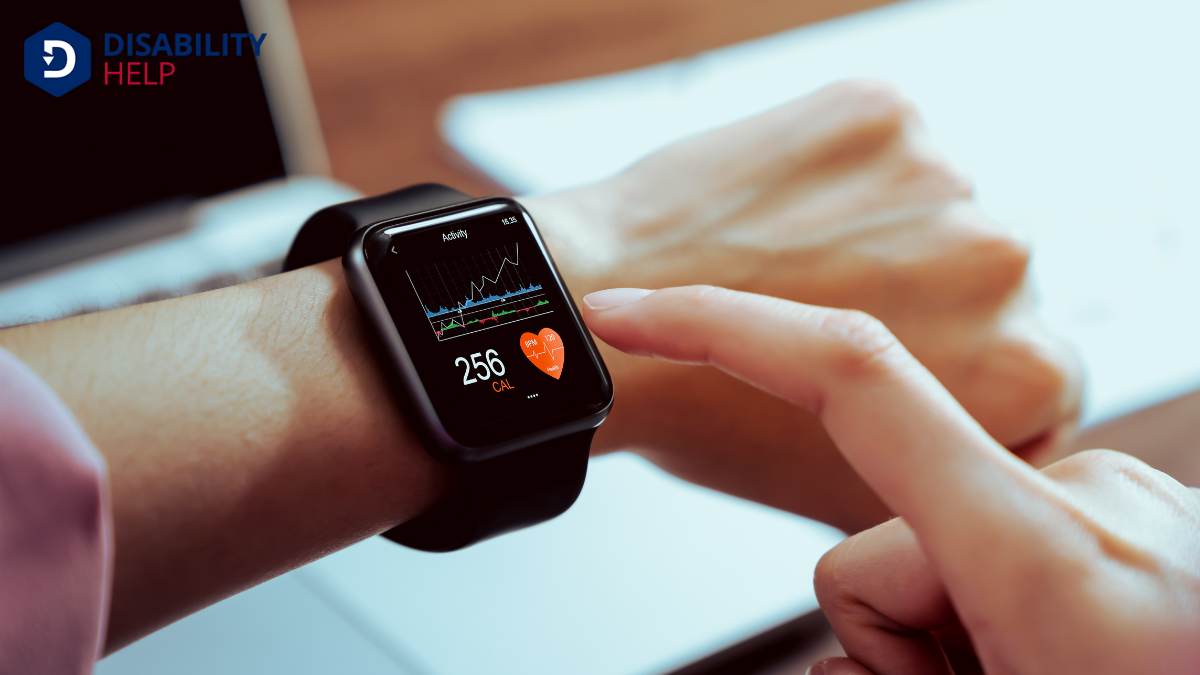Let's explore the fascinating world of tools and devices that empower individuals with disabilities. From advanced prostheticsArtificial devices that replace missing body parts, such as limbs, often used after amputations. and assistive communication devices to smart home solutions and sensory enhancement tools, there's a wide array of innovations designed to enhance daily living. These technologies not only improve mobility and communication but also foster greater independence. So, how exactly do these tools make a difference in people's lives? Let's find out.
Key Takeaways
- Advanced prosthetic technology offers natural limb movement mimicry with AI, sensors, and microprocessors for personalized mobility.
- Assistive communication devices, including speech-generating tools, enhance interaction for individuals with speech challenges.
- Smart home solutions automate tasks, providing improved accessibilityThe design of products, devices, services, or environments to be usable by people with disabilities.... and independence for those with disabilities.
- Vision and hearing enhancement tools, such as electronic glasses and hearing aids, improve sensory engagement and connectivity.
- Wearable health monitors track essential health data, promoting well-being and confidence in daily activities.
Advanced Prosthetic Technology
As we explore the world of advanced prosthetic technology, it's clear that recent innovations are transforming lives. These devices offer unprecedented mobility and functionality, allowing users to reclaim independence and perform daily activities with renewed ease.
With cutting-edge materials and robotics, prosthetics now mimic natural limb movements more accurately than ever before. Sensors and microprocessors work in harmony to deliver responsive and intuitive control, adapting to different terrains and tasks seamlessly.
We're witnessing technology that not only restores basic functions but also enhances them. The integration of AI allows for personalized adjustments, learning from the user's habits and preferences.
This means individuals can pursue active lifestyles, participate in sports, and engage in various professions. It's a remarkable leap forward, offering renewed hope and possibilities.
Assistive Communication Devices

While advanced prosthetic technology elevates physical capabilities, assistive communication devices open doors to effective interaction for those facing speech or language challenges.
These devices, such as speech-generating devices and communication boards, empower individuals to express themselves, fostering independence and connection in daily life. We can see how these tools transform the way people communicate, offering personalized solutions tailored to individual needs.
Touchscreens, apps, and voice recognition software make communication more accessible. For instance, speech-generating devices convert text into spoken words, enabling conversations where verbal communication is difficult.
Portable and user-friendly, these devices bridge gaps, allowing for smoother interactions at home, school, and work.
Let’s embrace these innovations, ensuring everyone has a voice, and together, we can enhance communication and inclusivity.
Innovative Mobility Aids
Innovative mobility aidsDevices designed to help individuals move around more easily, such as canes, walkers, or wheelchairs... are revolutionizing the way people with physical disabilities navigate their world. As we explore these advancements, we find that technology and design improvements are making a significant impact.
For instance, lightweight, foldable wheelchairs offer greater convenience and portability. Advanced power wheelchairs equipped with terrain-adaptive capabilities allow users to traverse varied landscapes with ease. Additionally, robotic exoskeletons provide new opportunities for walking, enhancing independence and well-being.
We should also consider mobility scooters, which now feature longer battery life and enhanced stability, enabling smoother travel over longer distances. Smart canes, with built-in sensors, offer real-time feedback to help avoid obstacles, ensuring safer journeys.
Together, these innovations empower individuals, fostering greater freedom and participation in their communities. Let’s embrace these changes to support mobility and inclusivity.
Smart Home Solutions
Smart home solutions are transforming how individuals with disabilities interact with their living spaces. These technologies empower us by automating everyday tasks, making homes more accessible and convenient.
Voice-activated assistants, like Amazon Alexa or Google Home, allow us to control lights, thermostats, and even appliances without needing to physically interact with them. This hands-free approach can be life-changing for those with mobility challenges.
Moreover, smart doorbells with cameras provide enhanced security, allowing us to see and communicate with visitors from anywhere. Automated lighting systems can be programmed to adjust based on time or motion, reducing the need to navigate dark spaces.
Together, these innovations create an environment where independence is more attainable, enhancing our quality of life and fostering a sense of autonomy.
Vision and Hearing Enhancement Tools

Let's explore how vision and hearing enhancement tools can transform daily life for those with sensory impairments.
Assistive listening devices, like hearing aids and amplified phones, guarantee that we stay connected to conversations and sounds around us.
Meanwhile, visual aid technologies such as screen readers and magnifiers open up a world of information, making it accessible and engaging for everyone.
Assistive Listening Devices
While technology continues to advance, assistive listening devices have become essential tools for individuals with hearing impairments, enhancing their ability to engage with the world. These devices amplify sound, making conversations, music, and public events more accessible.
We can find a variety of assistive listening devices, each catering to different needs. Hearing aids are the most common, offering customizable settings for different environments. Personal amplifiers are handy for one-on-one conversations or small group settings, while FM systems and loop systems are excellent for larger venues like theaters or classrooms.
Captioned telephones and alerting devices with visual or vibrating notifications also help keep us connected. By integrating these technologies into daily life, we guarantee that those with hearing impairments don’t miss out on important interactions.
Visual Aid Technologies
As technology evolves, visual aid technologies are transforming the way individuals with vision impairments navigate the world. We now have access to an array of tools designed to enhance visual perception and improve quality of life. For instance, electronic glasses can magnify images and text, offering a clearer view of our surroundings.
Screen readers and text-to-speech software turn written content into spoken words, making digital information more accessible to us.
Moreover, smartphone apps equipped with advanced features like object recognition and navigation assistance help guide us through unfamiliar environments. These tools not only foster independence but also encourage greater social inclusionThe practice of creating environments in which any individual or group can be and feel welcomed, res....
As we explore these innovations, we’re reminded of technology’s power to break down barriers and create a more inclusive world for everyone.
Cognitive Assistance Apps
Cognitive assistance apps have become powerful allies in enhancing daily life for individuals with cognitive disabilities. They offer us tools to manage schedules, remember important tasks, and simplify complex information.
These apps can transform smartphones and tablets into personalized assistants, providing reminders for medications, appointments, or even daily routines. Many of us benefit from features like visual timers and step-by-step task guides, which help us stay organized and focused.
Additionally, these apps often include customizable alerts, ensuring we don’t miss vital events or tasks. Some apps even use machine learning to adaptA grassroots disability rights organization in the U.S. that focuses on promoting community-based se... to our habits, offering suggestions tailored to our needs.
Adaptive Gaming and Entertainment
Let's explore how adaptive gaming and entertainment open up new worlds for everyone.
Inclusive gaming controllers, audio-descriptive media options, and virtual reality accessibility are transforming experiences by making them more engaging and accessible.
Together, we can guarantee that entertainment is enjoyable for all, regardless of abilities.
Inclusive Gaming Controllers
While the gaming world continues to evolve, inclusive gaming controllers are making a significant impact by ensuring everyone can participate in the joy of gaming. These adaptive devices cater to various physical needs, allowing gamers with disabilities to engage fully.
We can now find controllers with customizable buttons, switches, and joysticks, ensuring each player has a comfortable, personalized gaming experience.
These innovations break down barriers by offering solutions tailored to individual challenges. Some controllers are designed to be operated with limited mobility, using alternative input methods like voice commands or single-handed operation.
Audio-Descriptive Media Options
As technology advances, audio-descriptive media options are becoming a game-changer in adaptive gaming and entertainment.
They provide essential support for individuals with visual impairments by adding a layer of narration that describes visual elements. This means we can experience games and entertainment more fully, as the audio descriptions fill in the gaps left by visuals alone.
These options aren't just about accessibility; they enhance our understanding and enjoyment of media.
Virtual Reality Accessibility
Virtual reality is revolutionizing the way we experience games and entertainment by making them more inclusive and accessible.
With adaptive technologies, we’re breaking down barriers for those with disabilities, offering immersive experiences tailored to individual needs. VR systems now provide customizable interfaces, voice recognition, and motion tracking, allowing players to interact in ways that suit their abilities.
We’re seeing exciting innovations like haptic feedback, which enhances sensory engagement, and eye-tracking technology, offering control without physical movement.
Companies are developing games that prioritize accessibility, ensuring everyone can participate and enjoy.
Let’s embrace these advancements and advocate for even more accessible designs. Together, we can create a future where virtual reality not only entertains but empowers, opening new worlds to all players, regardless of ability.
Wearable Health Monitors

Advancements in technology have revolutionized the way we support individuals with disabilities, and wearable health monitors are at the forefront of this change. These devices empower us to track essential information, from heart rate to physical activity, ensuring timely interventions when necessary.
For those of us managing chronic conditions, wearable monitors provide real-time data, enhancing our ability to maintain health and independence. We can sync these devices with smartphones, making it easier to share important health information with caregivers or medical professionals.
This connectivity allows for quick responses to potential health issues, improving outcomes and quality of life. By offering continuous monitoring and personalized insights, wearable health monitors help us make informed decisions, promoting overall well-being and confidence in daily activities.
Inclusive Educational Resources
While technology continues to evolve, inclusive educational resources are becoming more accessible and effective than ever before. We’re seeing tools that cater to diverse learning needs, ensuring everyone can engage in education.
For example, text-to-speech software helps students with visual impairments or reading difficulties by converting written words into spoken language. Similarly, speech-to-text applications assist those with mobility challenges or dyslexiaA learning disorder characterized by difficulty reading due to problems identifying speech sounds an... in expressing their thoughts without the need for typing.
We can also utilize digital platforms offering customizable learning experiences, like adjusting font sizes or colors to enhance readability.
Interactive whiteboards and apps enable hands-on learning, facilitating better understanding for students with cognitive disabilities. By embracing these resources, we empower learners to reach their full potential, fostering an inclusive educational environment for all.
Conclusion
In exploring the incredible array of tools and devices available, we see how they empower individuals with disabilities to lead fuller, more independent lives. From advanced prosthetics and assistive communication devices to smart home solutions and sensory enhancements, these innovations bridge gaps and foster inclusivity. Let’s embrace these technologies as allies in creating a world where everyone can engage and thrive, proving that when we innovate together, we can overcome barriers and celebrate abilities.






